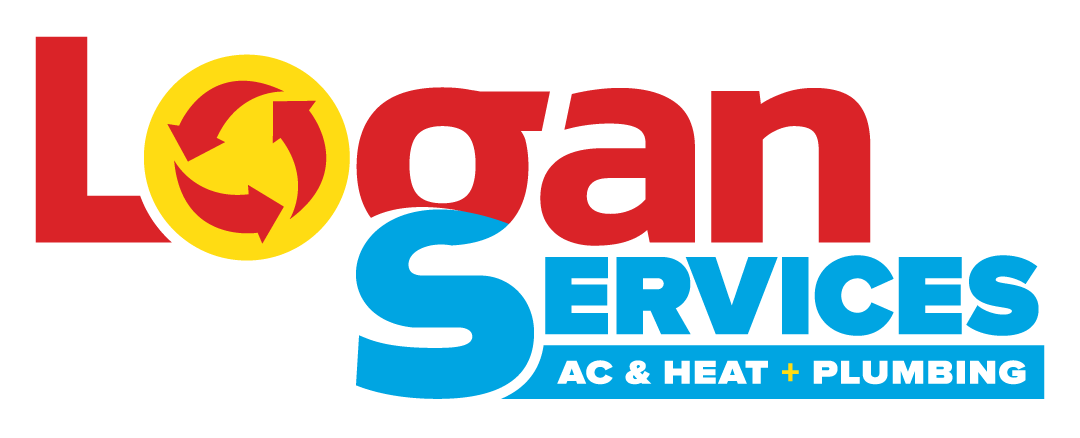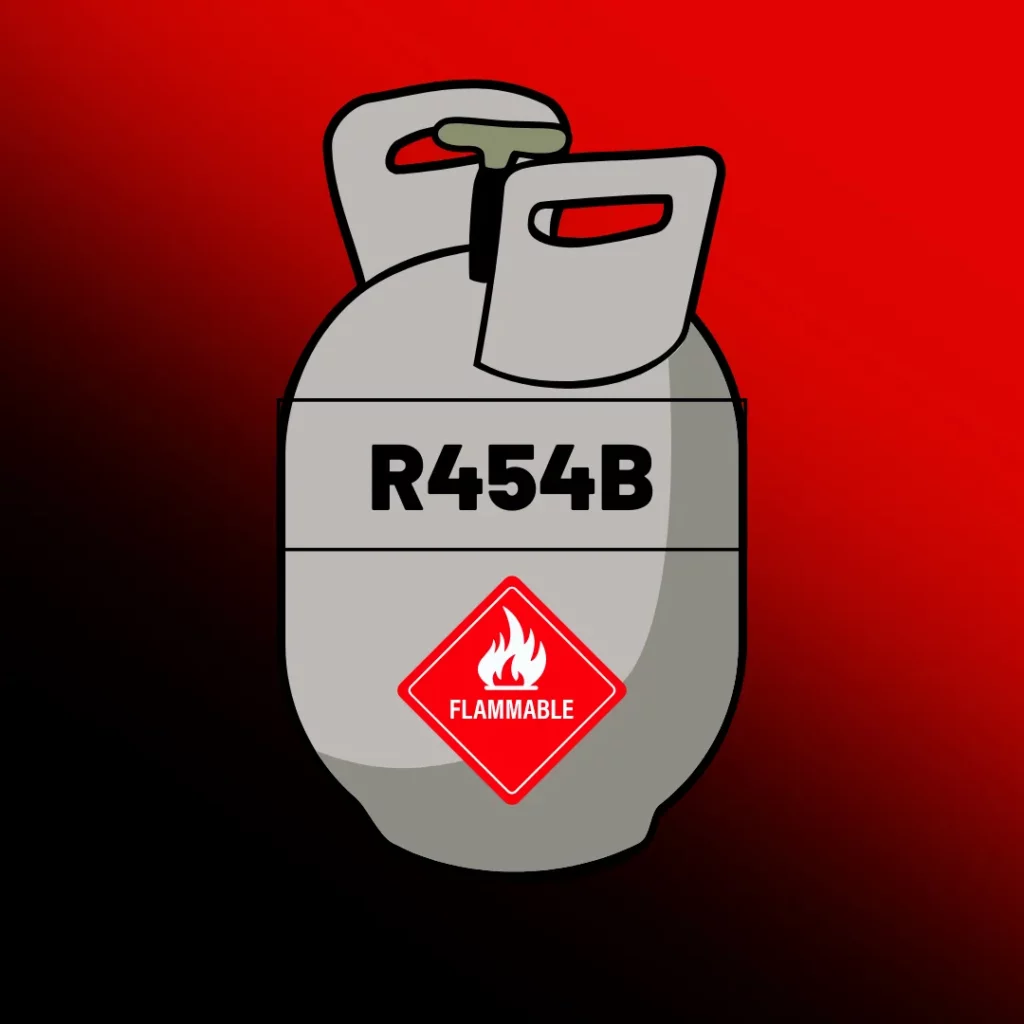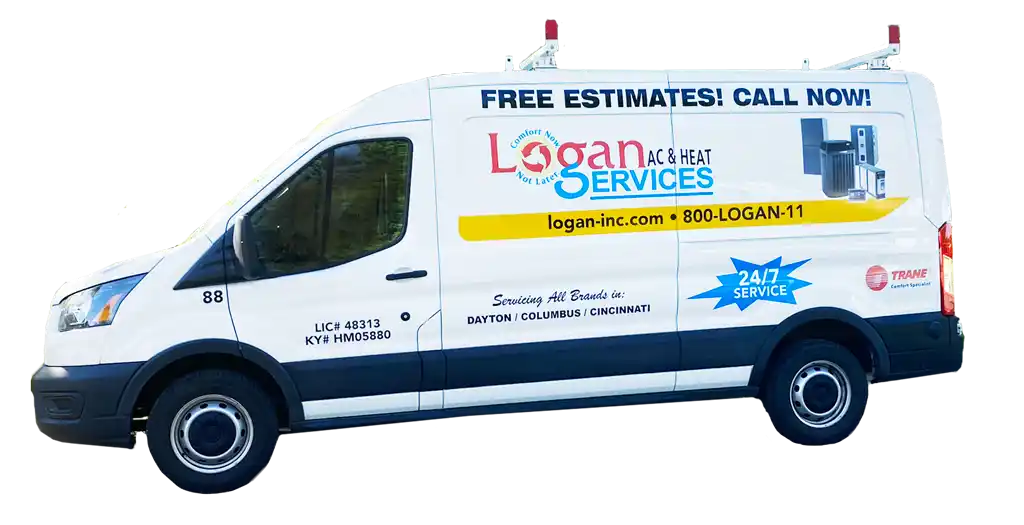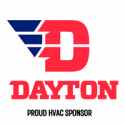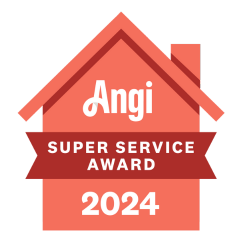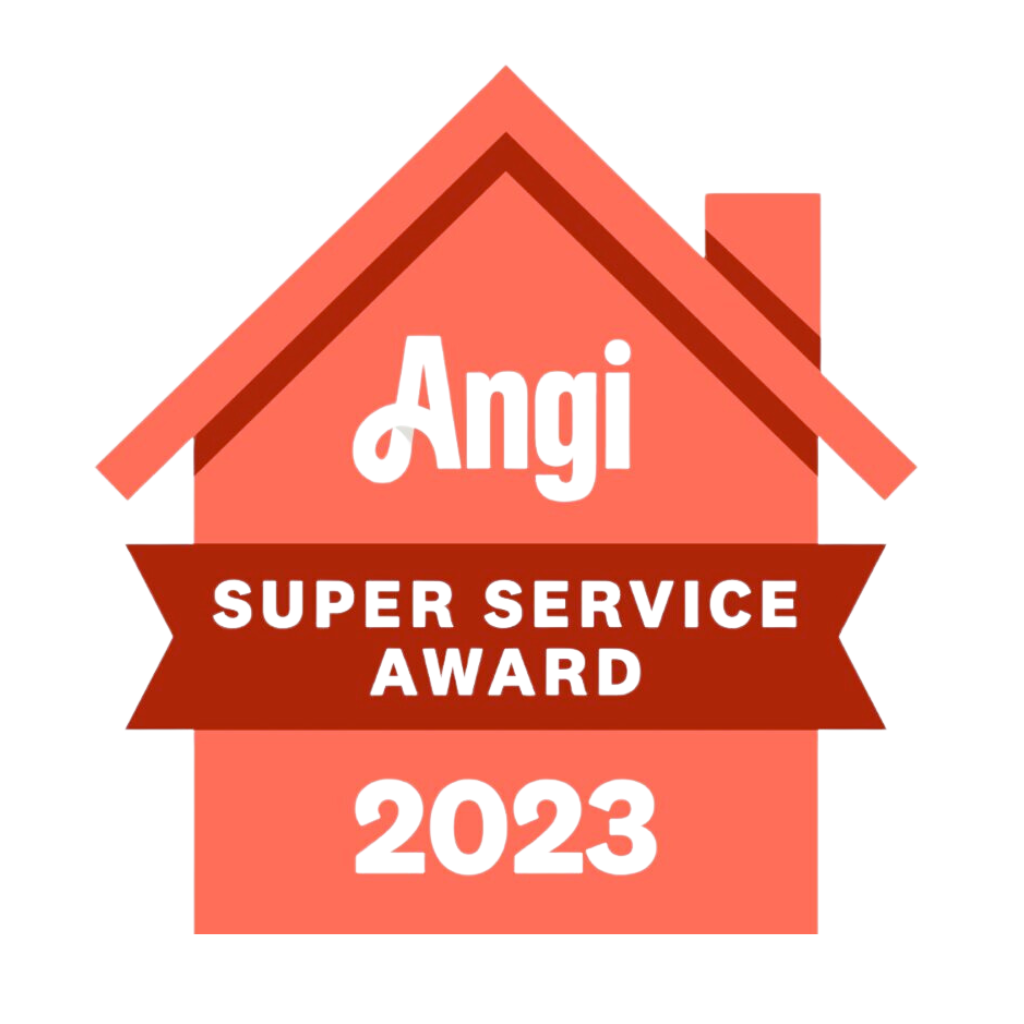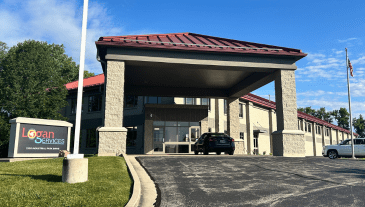Refrigerants are essential components in air conditioning and refrigeration systems, and their impact on the environment and energy efficiency is receiving more attention than ever. As refrigerant regulations and standards change, HVAC professionals must stay current on the latest alternatives.
Let’s take a look at the R454B refrigerant.
From its chemical composition and environmental impact to its performance and safety, we’ll cover everything you need to know about this promising alternative to R410A.
Characteristics and Properties of R454B Refrigerant
R454B Refrigerant is an increasingly popular choice in the HVAC industry due to its advantages and improved performance over traditional refrigerants. This next-generation refrigerant is commonly used in air conditioners and heat pumps that require excellent efficiency and environmental compatibility.
Chemical Composition
The chemical composition of R454B refrigerant is a blend of hydrofluoroolefins (HFOs) and hydrofluorocarbons (HFCs), specifically a mix of 68.9% R32 (difluoromethane) and 31.1% R1234yf (2,3,3,3-tetrafluoroprop-1-ene). As an HVAC contractor, it is essential to understand these components to provide effective service and maintenance of air conditioning systems that utilize R454B. The blend of R32 and R1234yf offers optimal performance, reduced ozone depletion potential, and lower potential of environmental harm compared to predecessors such as R410A.
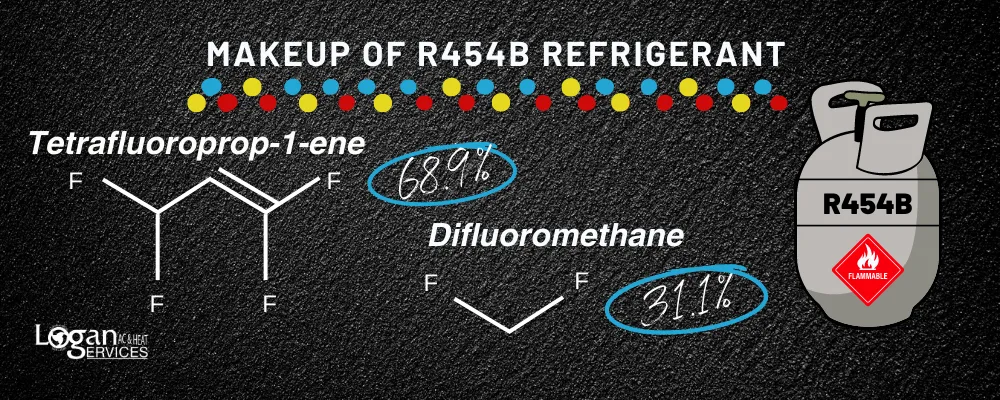

Environmental Impact
One of the critical factors contributing to the rise of R454B refrigerant in the HVAC industry is its significantly reduced environmental impact. The Montreal Protocol, an international treaty aimed at addressing ozone depletion, has led to the phasedown of hydrofluorocarbons, including R410A. In response, the industry has shifted towards more eco-friendly refrigerants like R454B, which is said to have a lower Global Warming Potential (GWP) and Zero Ozone Depletion Potential (ODP).
Specifically, R454B refrigerant, also known as Puron Advance, has a GWP of 466 – a substantial improvement over R410A with a GWP of 2088. Opteon refrigerants, such as R454B, contribute significantly less harm to the environment, thereby offering better compliance with HFC phasedown initiatives under the Montreal Protocol. Its zero ODP is an additional environmental benefit, ensuring that R454B does not contribute to ozone layer degradation.
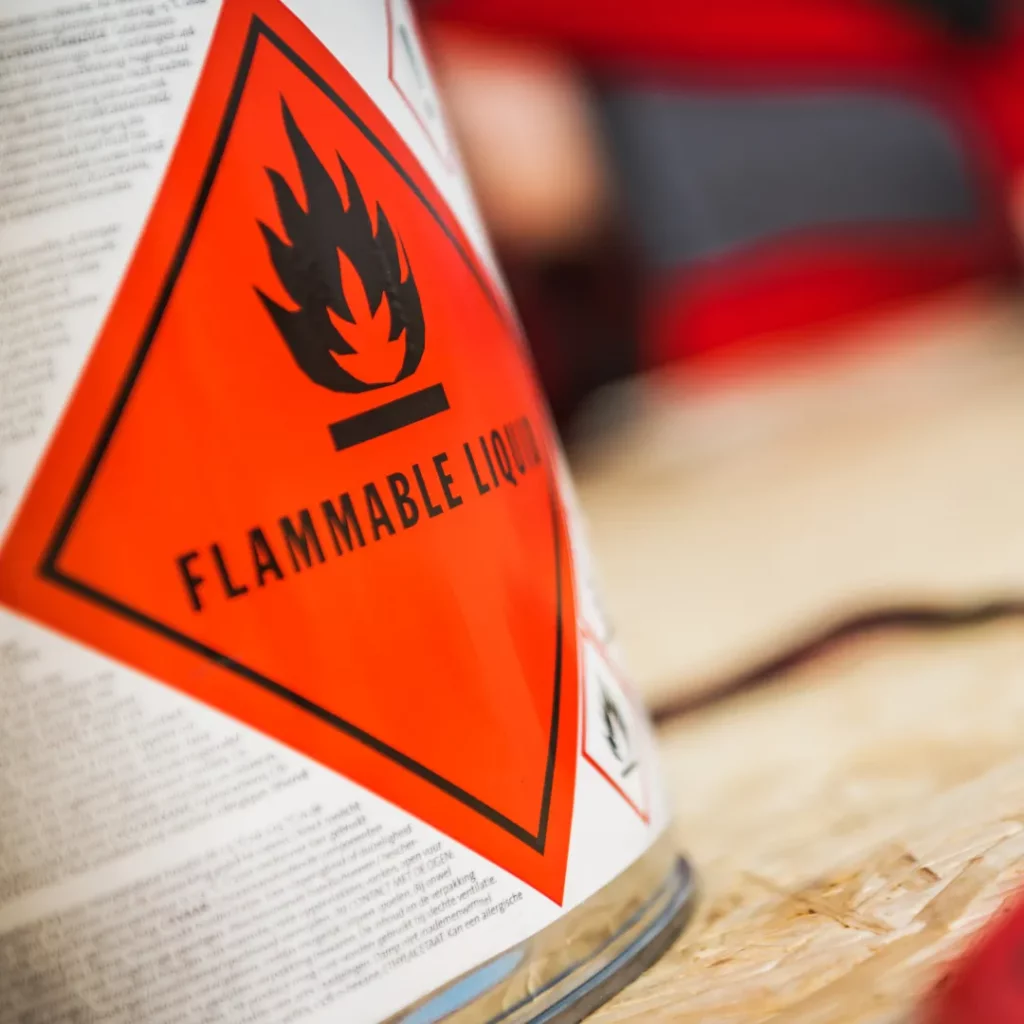
Safety and Flammability
Although R454B refrigerant offers numerous environmental advantages, it is essential to consider the safety and flammability aspects as well. R454B has a slightly higher flammability rating than predecessors like R410A, classified as an A2L refrigerant under ASHRAE standards.
The A2L classification refers to refrigerants with lower flammability and lower toxicity levels. While working on air conditioning systems using R454B, HVAC contractors must employ proper safety measures and handling procedures to ensure a secure working environment and minimize potential hazards.
Due to the A2L classification, additional safety features may be required when using R454B refrigerant in certain air conditioner and heat pump applications, such as leak detection systems or ventilation requirements. However, the potential increase in system costs is often offset by the significant efficiency improvements and environmental benefits of R454B.
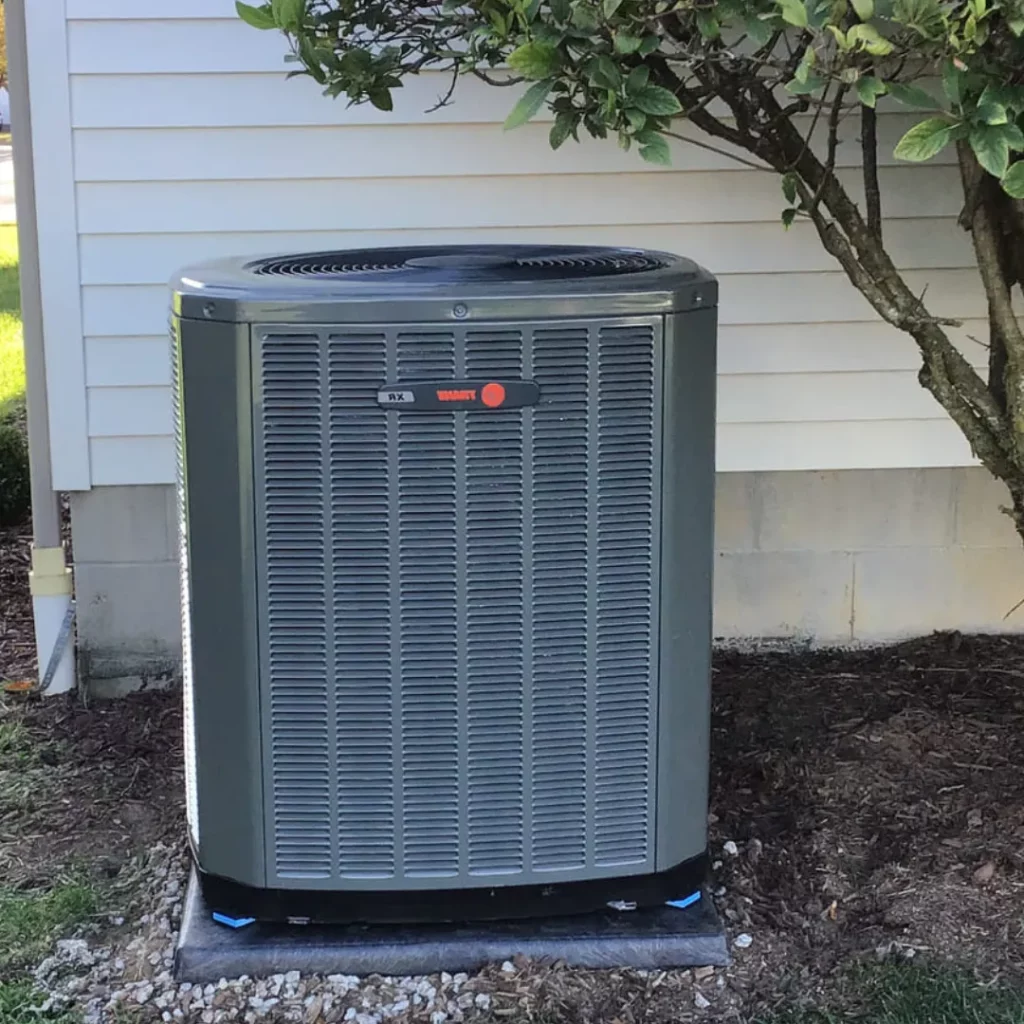
Efficiency and Performance
Efficiency and performance are essential factors for any HVAC contractor when selecting the ideal refrigerant for an application. Compared to R410A, R454B offers notably improved efficiency and performance. Due to its lower pressure level and lower environmental impact, R454B exhibits a superior coefficient of performance (COP) and capacity.
When utilized in air conditioners and heat pumps, the enhanced thermodynamic properties of R454B result in higher heat transfer efficiency, ultimately reducing energy consumption. The combination of environmental benefits and increased efficiency make R454B an appealing option for HVAC industry professionals and end-users alike, as evidenced by the increasing popularity of R454B in water chiller systems and other conditioning systems.
R454B as a Replacement for R410A
Comparison of Environmental Effects
As mentioned, one of the primary drivers for the transition from R410A to R454B is the reduction in environmental impact. The HFC phasedown and the global push for more environmentally friendly refrigerants under the Montreal Protocol led to the development of R454B as a viable and attractive alternative to R410A. With a GWP reduction of nearly 78% and zero ODP, R454B demonstrates a substantially more sustainable refrigerant choice that aligns with the industry’s commitment to mitigating ozone depletion.
Performance and Energy Consumption
Another important factor when comparing R410A to R454B is the performance and energy consumption of the refrigerant. R454B offers improved efficiency over R410A, ultimately reducing energy consumption and utility costs. In many applications, R454B has demonstrated increased energy efficiency of up to 5% compared to R410A systems, driven primarily by its lower pressure level and enhanced thermodynamic properties.
Furthermore, R454B’s superior cooling capacity allows for smaller equipment sizes and lower refrigerant charge, reducing system costs and potentially achieving faster payback periods for end-users. This combination of improved performance and energy consumption makes R454B a compelling choice for HVAC contractors seeking to offer their clients the most efficient and environmentally responsible solutions available.
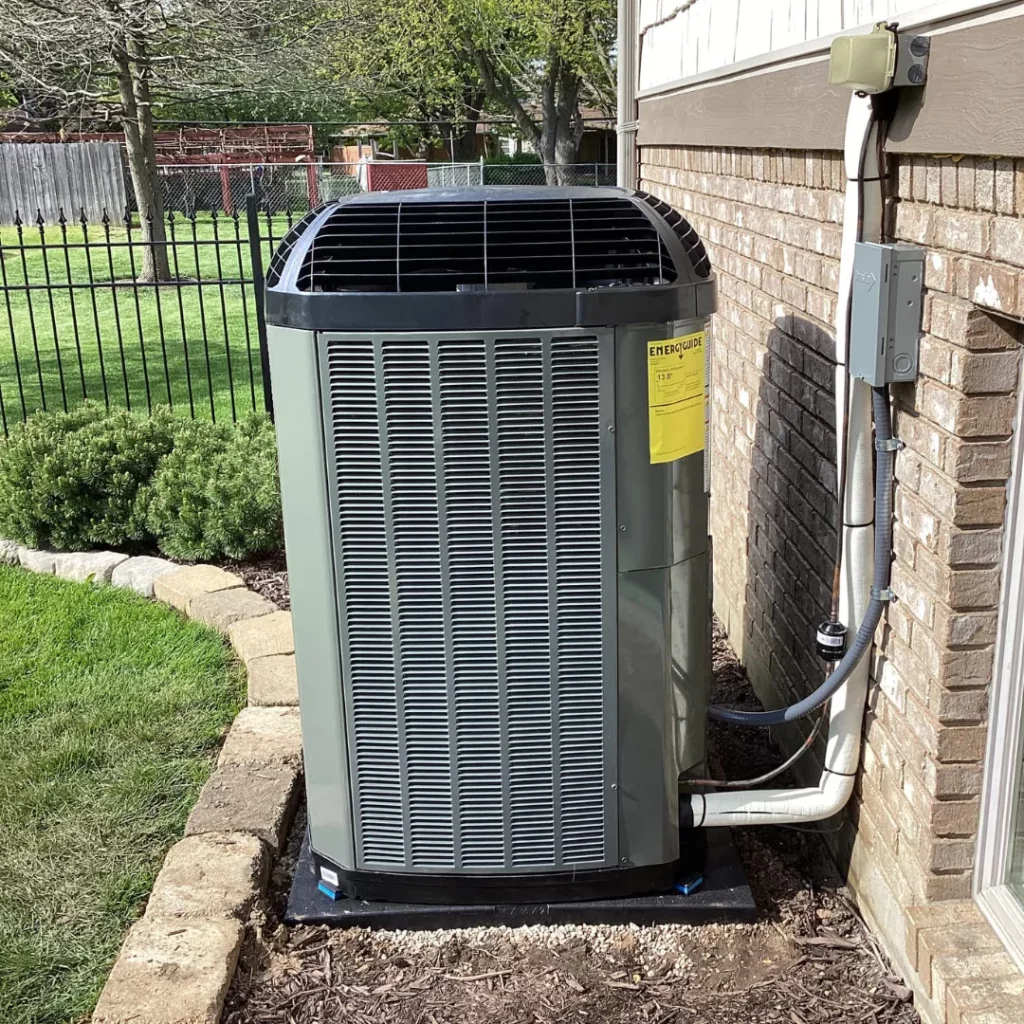
Application in HVAC Systems
R454B is broadly compatible with HVAC systems originally designed for R410A, making it a popular choice for retrofit applications and new installations. Thanks to its favorable thermodynamic properties and low-pressure characteristics, R454B may be utilized in various air conditioning and heat pump systems with the proper system modifications, including residential, commercial, and industrial applications. Notably, R454B is increasingly being used to provide a positive impact on efficiency and performance.
When transitioning an existing R410A system to R454B, HVAC contractors must consider the different safety requirements associated with the A2L refrigerant classification.
Legal Regulations and Industry Adoption
The Montreal Protocol was a significant milestone in international efforts to protect the environment. It targeted substances responsible for ozone depletion, leading to various international, federal, and state regulations aimed at phasing down the production and consumption of ozone-depleting substances in the HVAC industry.
The gradual adoption of R454B refrigerant in air conditioning systems is essential to comply with the objectives of the Montreal Protocol and fulfill the HFC phasedown requirements in the HVAC industry.
Environmental Regulations
Regulations for utilizing refrigerant is critical in global efforts to protect the environment. Quantitative measures are used to compare the ability of various greenhouse gasses to trap heat in the atmosphere, and R454B is said to have a significantly lower impact than the commonly used R410A. The switch from more environmentally harmful refrigerants to less harmful refrigerants is essential for air conditioner manufacturers and the HVAC industry.
Several countries have introduced regulations to reduce their overall greenhouse gas emissions, in addition to phasing out the production and importation of HFCs. For instance, the European Union has implemented the F-Gas Regulation, which mandates a progressive reduction of HFCs in various applications, including air conditioning and refrigeration systems. In the United States, several states have enacted regulations under the U.S. Climate Alliance HFC phasedown program to reduce the potential environmental impact of refrigerants utilized in air conditioning systems.
Adoption by Air Conditioning and Refrigeration Manufacturers
As a result of the legal regulations and growing awareness surrounding reducing our carbon footprint, air conditioning and refrigeration manufacturers have begun transitioning towards using R454B refrigerant.
Moreover, some air conditioning and refrigeration manufacturers are redesigning their conditioning systems to include heat pump technology to further optimize the performance of R454B refrigerant. This progressive shift in the HVAC industry will continue, leading to widespread adoption and innovation in air conditioners, refrigeration products, and heat pump systems utilizing R454B refrigerant.
Handling and Storage of R454B Refrigerant
Although R454B refrigerant is an environmentally friendly alternative to traditional refrigerants, it is vital for HVAC contractors to follow proper handling and storage guidelines. Following these guidelines will preserve the integrity of the refrigerant and allow for safe and effective use within air conditioning systems. Some essential aspects for proper handling and storage include adequate cylinder storage conditions, safety precautions, and leak detection and repair.
Proper Cylinder Storage Conditions
The storage of R454B refrigerant cylinders should adhere to specific storage conditions to ensure safety and prevent any potential issues. The cylinders should be stored in a well-ventilated area and never exposed to temperatures exceeding 52°C (125°F). Additionally, refrigerant cylinders should be kept away from direct sunlight, heat sources, or areas prone to flames or sparks that could ignite the refrigerant.
Safety Precautions and Protective Gear
When handling R454B refrigerant, HVAC contractors must know potential risks and consider the recommended safety measures. These measures could include using personal protective equipment (PPE), such as safety goggles, gloves, and long-sleeve clothing, to minimize skin and eye contact with the refrigerant. Additionally, contractors should be adequately trained in handling refrigerants, as improper handling could lead to injury or refrigerant leakage.
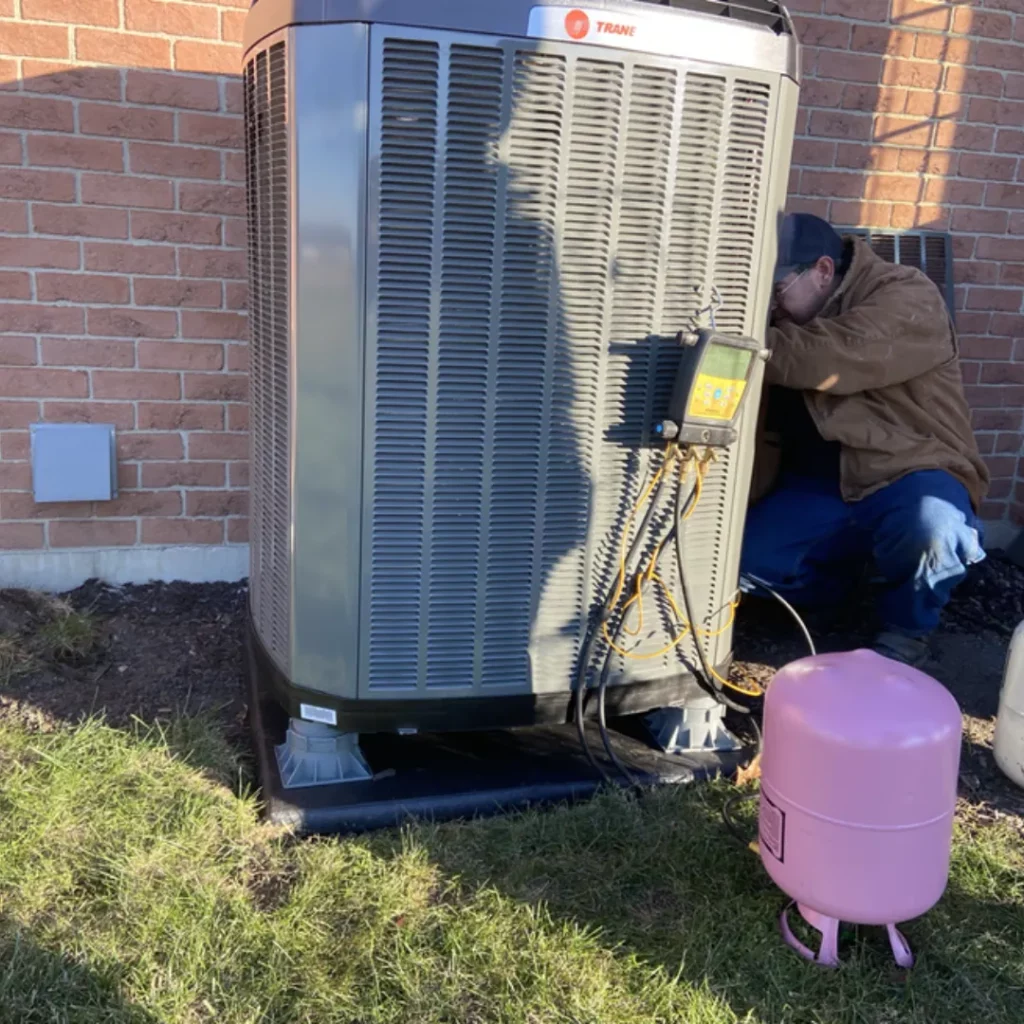
Leak Detection and Repair
While R454B refrigerant boasts a low threat to the environment, any leaks within air conditioning systems can still contribute to negative environmental impacts. Ensuring the system is leak-free is the responsibility of HVAC contractors and system owners. Routine inspections, especially for older air conditioning systems, can help identify potential leakage areas. The use of electronic leak detectors and UV dye or soap can help pinpoint the exact locations of leaks, enabling quick repairs and system optimization.
If you’re looking for professionals to help you maintain your AC system, Logan Services A/C, Heat & Plumbing has you covered.
About Logan Services A/C, Heat & Plumbing
Logan Services A/C, Heat & Plumbing has proudly served Ohio residents for more than 50 years with outstanding service, installation, and maintenance for HVAC systems. Our technicians bring years of experience and are trained to ensure your AC or heating system is running as efficiently as possible. Whether you need a regular maintenance check or want to upgrade your system to an environmentally friendly option, we’re here to help. Contact us today to get started.
FAQs on R454B Refrigerant
What is the chemical composition of R454B Refrigerant?
R454B Refrigerant is a blend of hydrofluoroolefins (HFOs) composed of 69.5% difluoromethane (R32) and 30.5% pentafluoroethane (R125). This binary mixture creates a zero-ozone depletion potential (ODP) refrigerant with a significantly lower environmental impact than other commonly used refrigerants such as R410A, R407C, and R134A.
How does the Montreal Protocol affect the use of R410A and R454B?
The Montreal Protocol, an international treaty designed to protect the ozone layer, has created a phasedown schedule for hydrofluorocarbons (HFCs) to reduce their environmental impacts. In response to this phasedown, the HVAC industry has sought more environmentally friendly refrigerants with lower ozone depletion. R454B Refrigerant has emerged as an alternative to R410A because it meets these criteria and is included in the list of acceptable alternatives under the SNAP (Significant New Alternatives Policy) program administered by the US Environmental Protection Agency (EPA).
